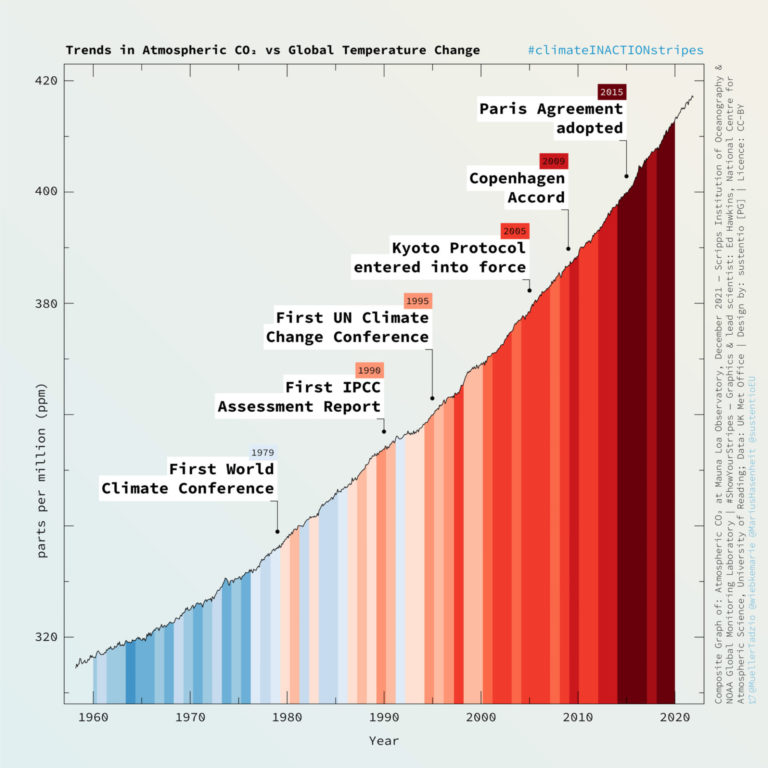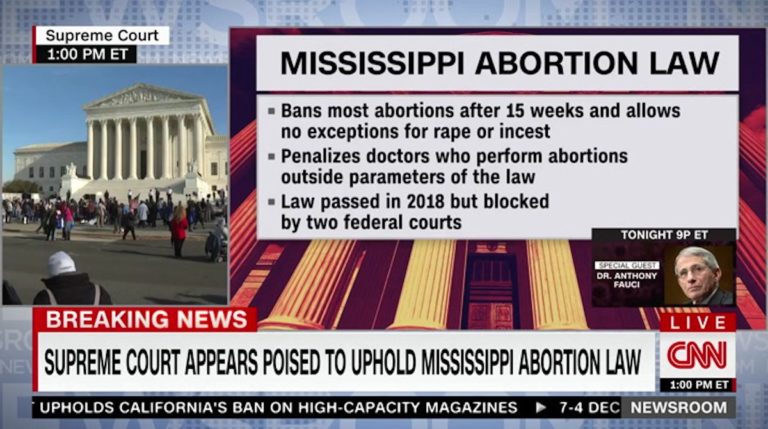
For every $1 spent on renewables, governments spent $4 perpetuating our dependence on fossil fuels (!)
REN21 Renewables 2017 Global Status Report, the most comprehensive annual overview of the state of renewable energy.
Additions in installed renewable power capacity set new records in 2016, with 161 gigawatts installed, increasing total global capacity by almost 9 per cent over 2015, to nearly 2,017 gigawatts. Solar photovoltaic accounted for around 47 per cent of the capacity added, followed by wind power at 34 per cent and hydropower at 15.5 per cent.
Renewables are becoming the least costly option. Recent deals in Denmark, Egypt, India, Mexico, Peru and the United Arab Emirates saw renewable electricity being delivered at $0.05 per kilowatt-hour or less. This is well below equivalent costs for fossil fuel and nuclear generating capacity in each of these countries.
Winners of two recent auctions for offshore wind in Germany have done so relying only on the wholesale price of power without the need for government support, demonstrating that renewables can be the least costly option.
“We all want a healthy environment and healthy people, and clean energy is a central part of the solution,” said Erik Solheim, head of UN Environment. “A global transition to renewable energy technologies like solar and wind are also key ingredients of delivering on the Paris Agreement, keeping the global temperature rise below 2°C and avoiding catastrophic climate change. This new report shows where we are on this journey, and the data is clear: we need to move faster.”
“The world is adding more renewable power capacity each year than it adds in new capacity from all fossil fuels combined,” said Arthouros Zervos, Chair of REN21. One of the most important findings of this year’s GSR, is that holistic, systemic approaches are key and should become the rule rather than the exception.
“As the share of renewables grows we will need investment in infrastructure as well as a comprehensive set of tools: integrated and interconnected transmission and distribution networks, measures to balance supply and demand, sector coupling (for example the integration of power and transport networks); and deployment of a wide range of enabling technologies.”
The inherent need for “baseload” is a myth. Integrating large shares of variable renewable generation can be done without fossil fuel and nuclear “baseload” with sufficient flexibility in the power system – through grid interconnections, sector coupling and enabling technologies such as ICT, storage systems electric vehicles and heat pumps.
This sort of flexibility not only balances variable generation, it also optimizes the system and reduces generation costs overall. It comes as no surprise, therefore that the number of countries successfully managing peaks approaching or exceeding 100 per cent electricity generation from renewable sources are on the rise. In 2016, Denmark and Germany, for example, successfully managed peaks of renewables electricity of 140 per cent and 86.3 per cent, respectively.
Global energy-related carbon dioxide emissions from fossil fuels and industry remained stable for a third year in a row despite a 3 per cent growth in the global economy and an increased demand for energy. This can be attributed primarily to the decline of coal, but also to the growth in renewable energy capacity and to improvements in energy efficiency.
Other positive trends include:
Innovations and breakthroughs in storage technology will increasingly provide additional flexibility to the power system. In 2016, approximately 0.8 gigawatts of new advanced energy storage capacity became operational, bringing the year-end total to an estimated 6.4 gigawatts.
Markets for mini-grids and stand-alone systems are evolving rapidly and Pay-As-You-Go business models, supported by mobile technology, are exploding. In 2012, investments in Pay-As-You-Go solar companies amounted to only $3 million; by 2016 that figure had risen to $223 million (up from $158 million in 2015).
But the energy transition is not happening fast enough to achieve the goals of the Paris Agreement
Investments are down. Although global investment in new renewable power and fuel capacity was roughly double that in fossil fuels, investments in new renewable energy installations were down 23 per cent compared to 2015. Among developing and emerging market countries, renewable energy investment fell 30 per cent, to $116.6 billion, while that of developed countries fell 14 per cent to $125 billion. Investment continues to be heavily focused on wind and solar photovoltaic, however all renewable energy technologies need to be deployed in order to keep global warming well below 2°C.
Transport, heating and cooling sectors continue to lag behind the power sector. The deployment of renewable technologies in the heating and cooling sector remains a challenge in light of the unique and distributed nature of this market. Renewables-based decarbonization of the transport sector is not yet being seriously considered, or seen as a priority. Despite a significant expansion in the sales of electric vehicles, primarily due to the declining cost of battery technology, much more needs to be done to ensure sufficient infrastructure is in place and that they are powered by renewable electricity. While the shipping and aviation sectors present the greatest challenges, government policies or commercial disruption have not sufficiently stimulated the development of solutions.
Fossil fuel subsidies continue to impede progress. Globally, subsidies for fossil fuels and nuclear power continue to dramatically exceed those for renewable technologies. By the end of 2016 more than 50 countries had committed to phasing out fossil fuel subsidies, and some reforms have occurred, but not enough. In 2014 the ratio of fossil fuel subsidies to renewable energy subsidies was 4:1. For every $1 spent on renewables, governments spent $4 perpetuating our dependence on fossil fuels.
“The world is in a race against time,” said Christine Lins, Executive Secretary of REN21. “The single most important thing we could do to reduce CO2 emissions quickly and cost-effectively, is phase-out coal and speed up investments in energy efficiency and renewables. Trump’s withdrawal of the US from the Paris Agreement is unfortunate. But the renewables train has already left the station and those who ignore renewables’ central role in climate mitigation risk being left behind.”
NOTES TO EDITORS
About the REN21 Renewables Global Status Report
REN21’s Renewables 2017 Global Status Report presents developments and trends through the end of 2016, as well as observed trends from early 2017 where available.
First published in 2005, the annual Renewables Global Status Report is the most comprehensive and timely overview of the status, recent developments and trends in renewable energy markets, industries, investments, and policy developments worldwide. By design, it does not provide analysis or forecast. Data are provided by a network of 800 contributors, researchers, and authors from all over the world. www.ren21.net/gsr




45 Comments
Pingback: classical harp music
Pingback: แทงหวย24
Pingback: รถไฟลาว
Pingback: สล็อตเว็บตรง
Pingback: Fake site and will take your money! Beware of uplinke.com Spam and make your site go down. Too good to be true SCAM
Pingback: pglike
Pingback: คอหวยถูกใจ จ้าวเจ๊ง 999 แทงได้ทุกหวยที่มีบนโลก
Pingback: 68kub
Pingback: link
Pingback: once human hacks
Pingback: arena breakout infinite cheats
Pingback: link
Pingback: เว็บหวยจ่าย1000
Pingback: venice france weed
Pingback: เค้กด่วน
Pingback: Giriş yapmak
Pingback: ทางเข้า BK168Win
Pingback: sagame
Pingback: ลัคกี้999
Pingback: Pok9
Pingback: สล็อต นาจา เว็บตรง ไม่ผ่านเอเย่นต์
Pingback: Ricky Casino Australia
Pingback: เว็บออมหวย
Pingback: ชุดกระชับสัดส่วน
Pingback: online casino
Pingback: ผู้ผลิต โบลเวอร์
Pingback: T-Rex
Pingback: pg slot
Pingback: สายคาดกล่องอาหาร
Pingback: website
Pingback: essentials fear of god
Pingback: Sweet Bonanza
Pingback: ตรวจสอบสลิปโอนเงิน
Pingback: pg168
Pingback: can i get cheap urispas online
Pingback: vegus666
Pingback: 123bet login
Pingback: ทัวร์ลาว
Pingback: รับจดทะเบียนบริษัท
Pingback: พลาสติกปูพื้นก่อนเทคอนกรีต
Pingback: ออกแบบตกแต่งภายในบ้านหรู
Pingback: รีวิวเว็บ เต็งหวย
Pingback: sa789
Pingback: หาแม่บ้าน
Pingback: สมัครกิฟฟารีนออนไลน์